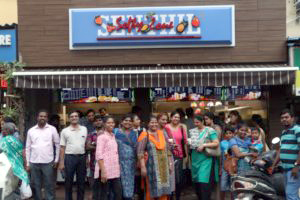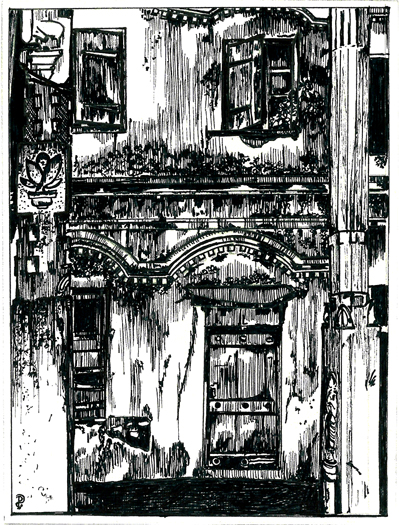Registered with the Registrar of Newspapers for India under R.N.I 53640/91
Vol. XXIX No. 11, September 16-30, 2019
Archives: Vol. XXIX No. 11, September 16-30, 2019
When an economy recedes…
By The Editor
The statistics are all in and the newspapers are full of horror stories. The automotive sector is plunged in gloom owing to near-zero off-take for a variety of reasons. Plant after plant is announcing production cuts, planned maintenance holidays, closure for certain days of the week and above all, layoffs. The impact of this is spreading, as is evident from a prominent biscuit-maker announcing job cuts chiefly because their products had bulk sales at auto factories for supply at the canteens and this demand has come down drastically. The question is, how is Chennai to weather this crisis and what is its impact likely to be?
The city is one of India’s three automotive centres, the other two being Gurugram (Gurgaon that was) and Pune. There are three important clusters here – Oragadam, Maraimalai Nagar and Sriperumbudur-Irungattukottai. Chennai churns out one car every 20 seconds and one commercial vehicle every one-and-a-half minutes. Last year, the State accounted for 45 per cent of India’s vehicle exports and since the Chennai port is the biggest in Tamil Nadu, it would be safe to assume that much of the cargo left from here. However, with export markets not yet shrinking, having been flat for over a year now, the worry is more the near-total domestic collapse. That is pinching Chennai, for apart from the end products it churns out, it also makes around 33 per cent of India’s auto parts.
The immediate fallout has been a cut in jobs. The first to be axed are the contract labourers who, as their categorisation suggests, have no job security. The statistics are not out, and most of those turned away are not speaking, but it appears that the numbers without work may be as much as 10 to 15,000 in each of the three automotive sectors. There has been a sharp drop in the daily wage payable to these workers and it is said that they are desperate to take on any activity to keep the home fires burning. The next major impact will be on the auto ancillaries, of which Tamil Nadu has the highest number in the whole of India. The State also has the highest concentration of medium and small manufacturing enterprises, around 16 per cent of India’s total, with an outlay of Rs 32,000 crores. Most of these are very badly affected and may soon begin closing down.
This rout of what was till recently a thriving industry will soon have its ripple effect across the city.
Eco-friendly initiatives on a trial mode for public transport
by A Special Correspondent
The Metropolitan Transport Corporation (MTC), in collaboration with the Hinduja Group’s automobile company Ashok Leyland, launched Tamil Nadu’s first electric bus in Chennai last month. The bus is operating on route A1, which runs from Thiruvanmiyur to Central Railway Station via Mylapore and back. It makes four trips each day, twice in the morning and twice in the evening, with initial fares set at Rs.15. The bus can seat 31 passengers and has standing room for 25 more.
Madras Week Snippets
Mylapore Food Walk

The Mylapore Food Walk, held as part of the Madras Day celebrations, drew a goodly crowd despite ominous predictions of rain.
Led by the ever-enthusiastic Sridhar Venkataraman who held three other Food Walks this August, the foodies assembled at the top end of North Mada Street and explored a few food joints which offer some of the best snacks in this part of the city.
When there was water everywhere
Varsha Venugopal
Krupa GE’s book Rivers Remember is a painstakingly researched work stemming from the author’s horrific experience of the 2015 Chennai floods. Published by Context (an imprint of Westland Publications), the book not only investigates the blunders that effectively doomed the city during the 2015 floods, but also places the disaster within a deeply personal perspective that follows the history of Chennai’s water bodies and narrates the story of those affected.
The book opens with an account of the aftermath of the floods in her parents’ home. Krupa writes, “Everything looks black, as if someone brought a lorry full of sludge from a gutter and meticulously smeared every single item in the house with it… No piece of furniture is in its place. The gas cylinder has moved out of the kitchen and is next to the entrance. The fridge is on its side. The washing machine upside down. And the house stinks.” (Pg. 15).
Seeking answers for the losses endured, the book dissects the disaster skillfully,


